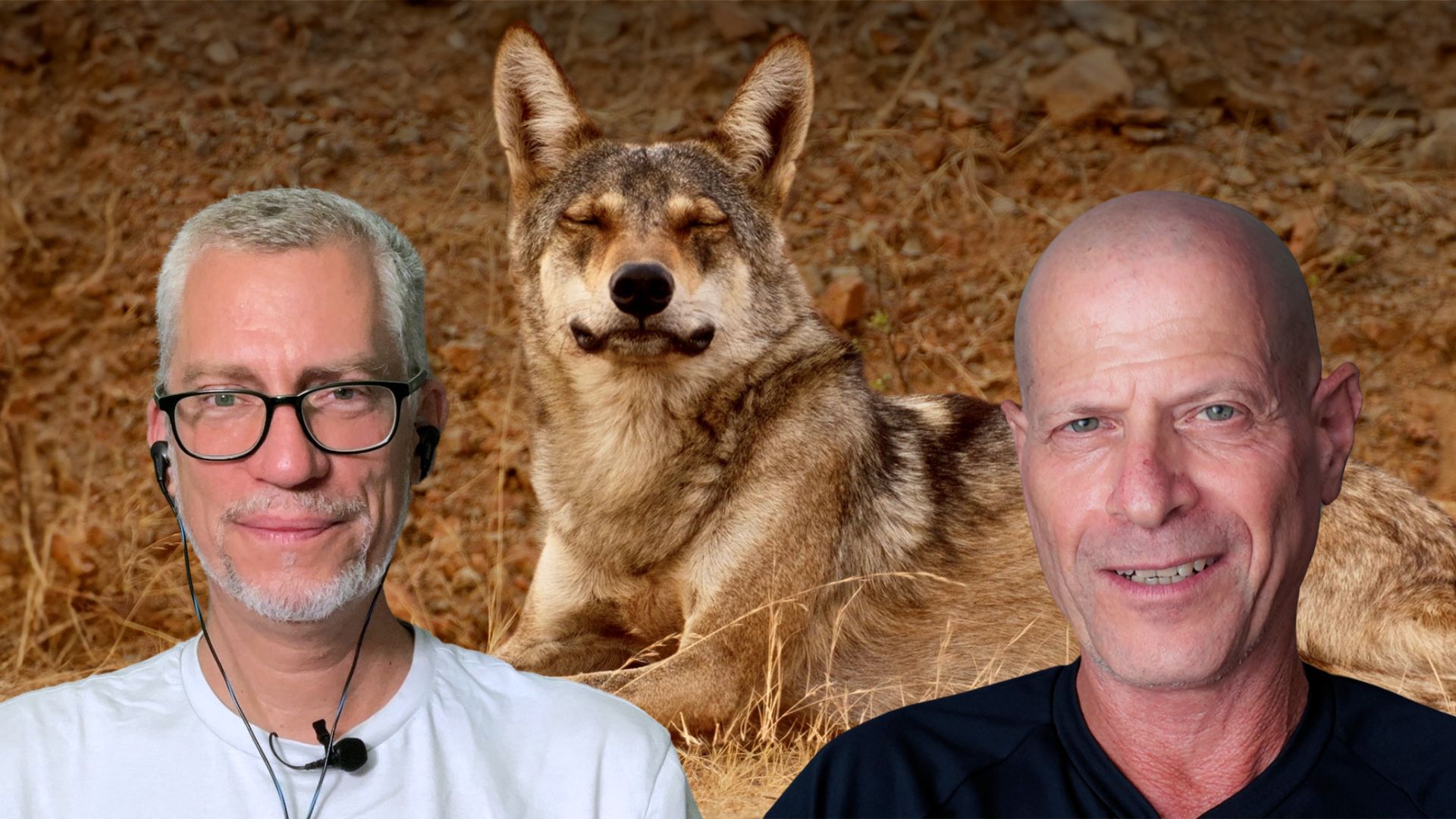

Filming away from home base is always challenging, let alone filming a wildlife documentary where concentration levels and anticipation for animals’ movements can take a toll. In this friendly talk, I’m discussing with our colleague Gunther about his trip to India and his experience working with the LUMIX G9 II in such a demanding environment. Gunther is mainly a LUMIX shooter, and for his trip, he wanted to take a camera that could help him capture the beauty of the Indian savana. His main goal was to film wolves and find out from local people how it is to live next to them. You can read and watch Gunther’s report about this project here. Gunther’s LUMIX G9 II in the field. Credit: Gunther MachuWhy use the LUMIX G9 II? Before he left for India, I caught up with Gunther and discussed the different camera options out there. (This was before the LUMIX GH7 was introduced). Looking at Gunther’s needs, a compact camera body next to high-quality 4K/120 fps was a priority. Also, because of limited space, Gunther needed a camera that could be used hand-held, and once again, LUMIX ticked the box, thanks to its exceptional In-Body Stabilization System. Last but not least, Gunther had no intention of filming a wildlife documentary in RAW or even ProRes (takes up too much recording media space), so he voted for using Panasonic’s Long-GOP at 150Mbps. This proved to be sufficient for his filming needs.As a full-frame LUMIX S1 camera user, Gunther decided that the LUMIX G9 II was the best companion for his trip. After all, the Micro Four Thirds sensor acts here as a powerful “crop extension,” making it even easier to film small animals with compact tele lenses.Other topics covered in this conversationWe also discussed various scenes, the camera’s autofocus performance, and, no less importantly, overheating.We did not neglect to talk about V-Log for filming such a project, including night shots and the process of editing, color correcting, and finding music, in addition to storytelling inspiration.Looking for that perfect moment. Credit: Gunther MachuIf I have to summarize it all, I would say that “the future is here,” meaning this project is a great example of what a single passionate creator can do completely by himself with modestly priced equipment.I hope that you will like this talk and be encouraged to go out and do even more with your equipment, regardless of what you use.This is not a sponsored post in any way, yet a special thank you goes to Panasonic Europe for responding quickly and sending us the LUMIX G9 II for filming this project.Do you have experience with filming wildlife documentaries? If so, do you recognize some of the obstacles Gunther mentioned in this talk? Also, let us know if you have some experience filming with the LUMIX G9 II and how you like it.






